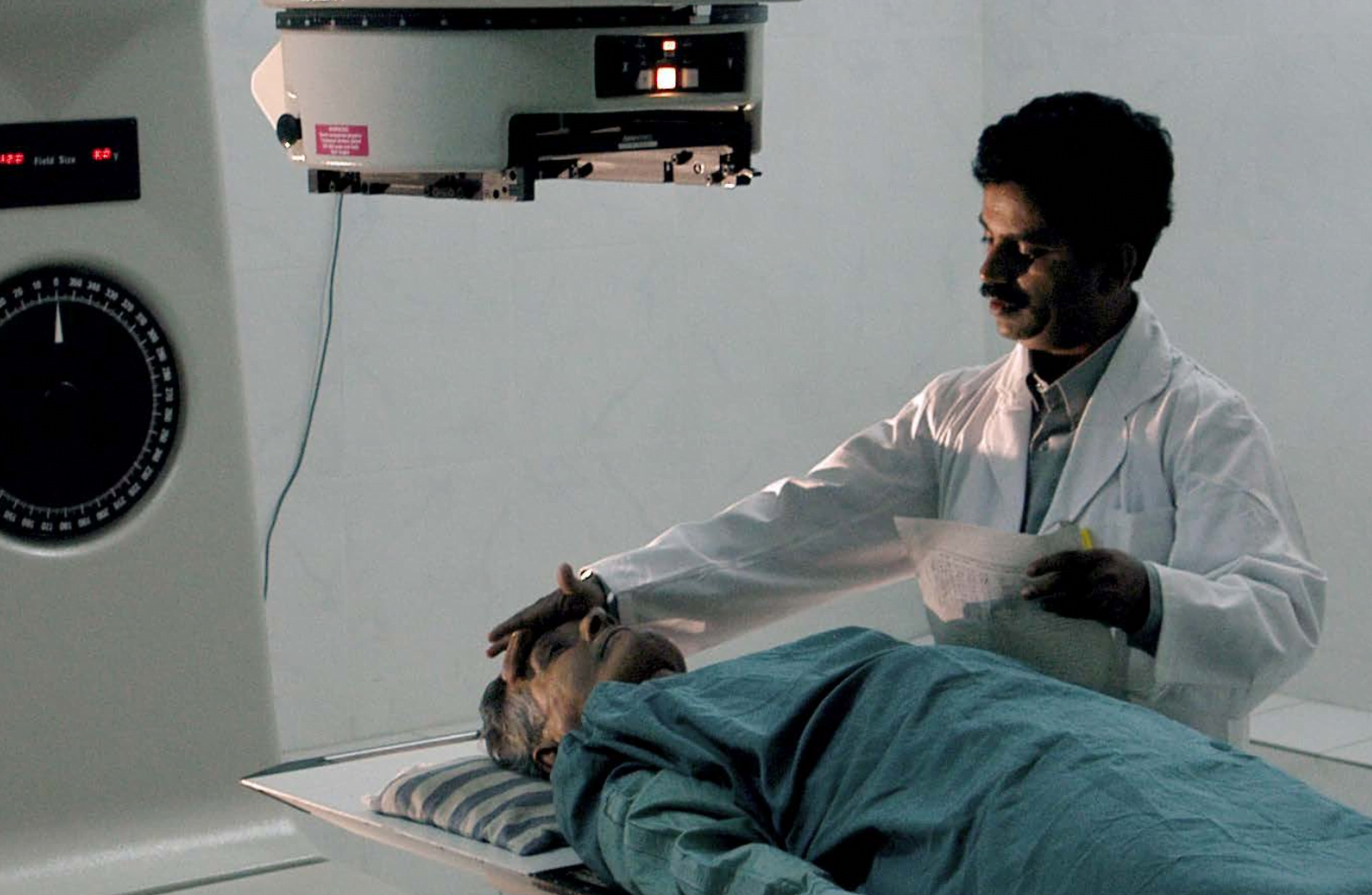Ed note. This is a guest post from Dr. Dr. Anees B. Chagpar, Associate Professor of Surgery at Yale University, the Assistant Director for Global Oncology at Yale Cancer Center, and the Director of the Breast Center — Smilow Cancer Hospital at Yale-New Haven. She is also a 2015 Public Voices Fellow at the OpEd Project at Yale.
I recently returned from Zimbabwe, where I saw a 26-year old woman who went to her doctor with a massive cauliflower-like fungating mass growing out of her chest. While her case may seem extreme to Westerners, in Zimbabwe, as in many low- to middle-income countries, her case is the norm. Unfortunately, the world is not taking notice.
In 2012 alone, cancer claimed over 8 million lives worldwide, a number which is expected to swell to 13 million per year by 2030. While just over half of all cancer cases diagnosed worldwide occur in economically disadvantage countries, 65% of cancer-related deaths occur in those places.
Despite this fact, the United Nations did not include tackling cancer as part of its 2030 Agenda for Sustainable Development. Although the international governing body promised to “ensure healthy lives and promote well-being for all at all ages,” it will be a difficult goal to achieve if the UN focuses on only ending the epidemics of tuberculosis, malaria and HIV as it states in the agenda. Why? Because cancer actually kills more people than all of those diseases combined.
Eliminating cancer is no small task and there are many factors that make defeating the disease a complex problem. In some low to middle income countries for example, over 85% of patients do not visit their doctors until their cancers are considered late-stage and likely incurable. Many patients experience fear around getting diagnosed. Still others will cite cultural issues, and misperceptions of cancer. Traditional healers may have told them that if they went to the doctor, they would die – and they often do when they come to the doctor with late stage disease.
In many of these countries, screening options we take for granted in the West, such as simple clinical examinations, are not universally available. Compounding this is the fact that there aren’t enough medical professionals to deal with the cancers that are found. The World Health Organization estimates that the current shortage of healthcare workers will swell to 12.9 million by 2035, with the largest and most acute shortages anticipated in Asia and parts of Sub-Saharan Africa. “In order to achieve sustainable cancer control capacity in developing countries… there must be a dramatic surge in the number of professionals trained locally or regionally across the various areas of cancer control,” a report from the Programme of Action for Cancer Therapy concluded.
Add to patient fear and the workforce shortage the fact that the pathology tests needed to guide treatment are often delayed or non-existent and effective drugs and appropriate radiation therapy may not be available, and you have the recipe for poor outcomes.
That cancer is the leading cause of death should be enough of a call to action for the world’s attention, but beyond that, there is an economic argument to be made. Cancer is the leading cause of lost income due to premature death and disability, costing the world over $895 billion. It is estimated, however, that improving prevention, early detection and effective treatments could result in an economic benefit of over $400 billion, not to mention save 3.7 million lives each year, particularly in the developing world. Finding and treating cancer early costs less and results in longer and better lives, than treating cancer late – and the bang that one gets for one’s buck is even greater in LMICs. Indeed, cancer prevention and early detection and treatment was one of the “best buys” set out by the World Health Organization and the World Economic Forum to reduce the economic burden due to non-communicable diseases.
“The ‘silent pandemic’ of cancer is spreading through low- and middle- income countries,” a recent report by the American Cancer Society cautioned. “Without a substantive global response, it could overwhelm public health systems, threaten social structures and undermine economic development efforts.” If the UN and its individual member countries want to achieve real sustainable development throughout the world, they must include curing cancer as part of their agenda.
No doubt the Global Goals for Sustainable Development cannot address every issue. And it is true that some of the goals will indirectly reduce the global cancer burden by addressing issues related to poverty, sanitation, and risk factors such as tobacco and HIV. Some might say adding yet another lofty objective onto what is already a full agenda may be fiscally imprudent. But if we are serious about the goal of “ensuring healthy lives,” how can we ignore the world’s leading cause of death, and a disease that will affect nearly 22 million people annually by 2030?
Dr. Anees Chagpar is an Associate Professor of Surgery at Yale University, the Assistant Director for Global Oncology at Yale Cancer Center, and the Director of the Breast Center — Smilow Cancer Hospital at Yale-New Haven. She is also a 2015 Public Voices Fellow at the OpEd Project at Yale.
